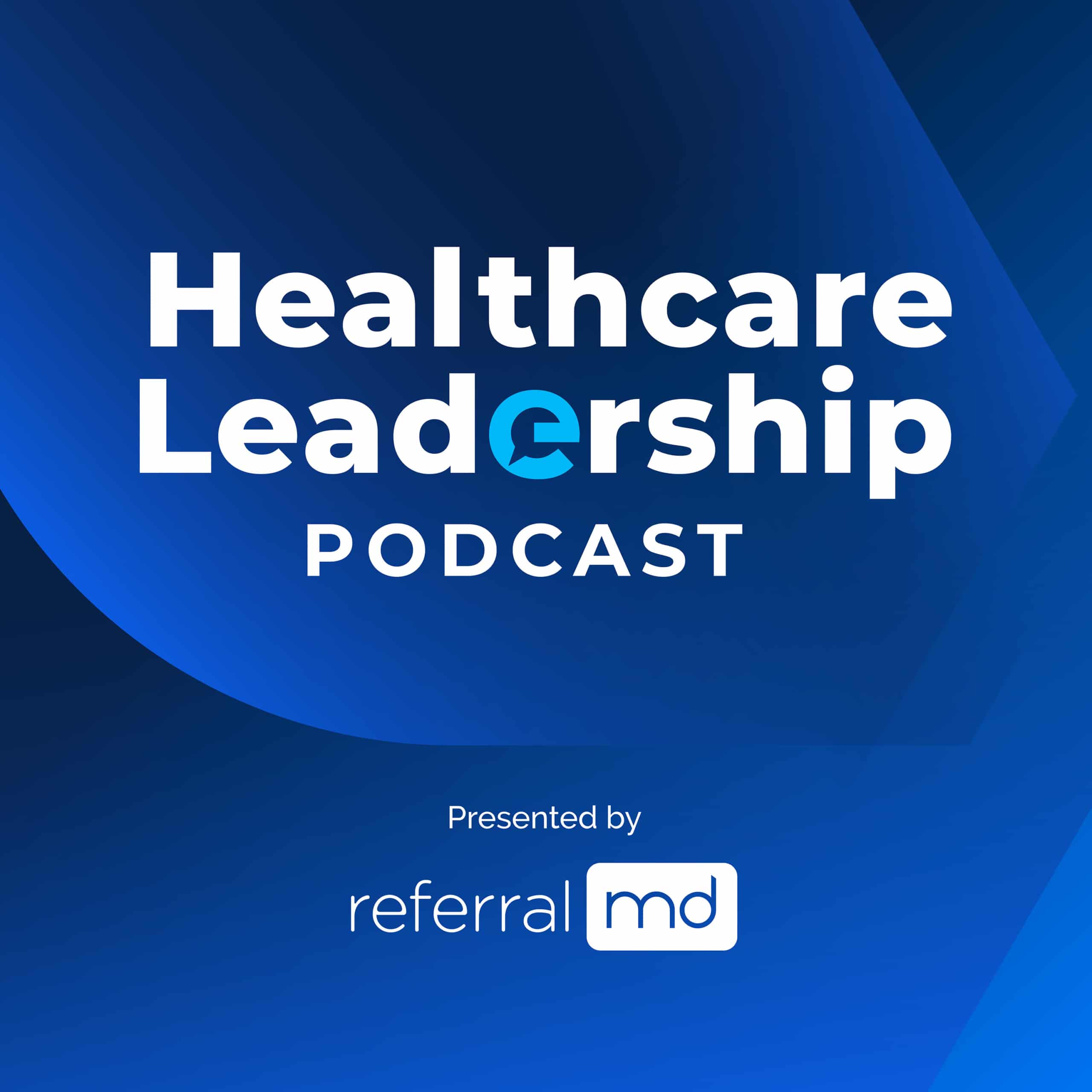When we talk about the cost of prescriptions, we usually refer to the price’s impact on each patient’s finances. But the reality is that the rising cost of prescriptions is impacting the patients directly affect and the entire healthcare system. What can patients and doctors do about the rising cost of prescriptions?

Image Source: Photo by JOSHUA COLEMAN on Unsplash
A 2017 Consumer Reports Best Buy Drugs survey found that 25% of patients now pay more for their drugs than they ever paid before. And they also didn’t have time to plan for those price hikes. What’s more, 74% of affected patients say the cost increases were forced upon them when checking out and that they didn’t get a prior notice from their pharmacist, doctor, or insurance company. So it’s no surprise that 14% of patients say they’ve held onto a prescription because they couldn’t afford to refill it.
When patients aren’t fulfilling prescriptions, they aren’t getting full access to care, and health outcomes are in jeopardy. The high price of drugs is perhaps the biggest factor in prescription adherence. But what can be done about the rising cost of medicine? The answer is possibly more than you think, and healthcare providers can play a role in helping patients manage the burden.
Why Are Prescription Drug Prices so High?
Why are Americans paying more for the same prescription drugs now than they were before? What’s changed to cause even simple drugs like insulin to skyrocket? Unfortunately, the process of pricing prescription drugs is still very opaque, and it’s set by pharmaceutical companies, health insurers, and pharmacy benefit managers with no input from the people who provide care. None of the parties involved in prescription pricing seem to be interested in giving up their secrets either. Negotiations usually happen in closed-door meetings that neither physicians nor patients are privy to. Transparency isn’t everything, but if we can at least see the process as it happens, more can be done to intervene.

Photo by Myriam Zilles on Unsplash
To shed light on the pricing process, the American Medical Association (AMA) launched the Truth in Rx campaign. The goal is to ensure that drug price transparency will become the norm by encouraging sweeping Congressional action. Unfortunately, despite agreement on both sides of the aisle, no federal legislation is currently forcing these price-setting parties to share their process with anyone.
In some cases, the states are taking the issue into their own hands: 37 states passed 60 separate drug-pricing laws in 2019 alone. One of the most popular laws across states was the targeting of the gag clauses that prevent pharmacy benefit managers from giving consumers their option, either for payment or lower-cost drugs. Again, these laws don’t automatically force drug prices down, but they force actors to be more transparent and expose their role in decision-making. When consumers have more knowledge, they have more power.
How Can Doctors Help Patients Better Afford Their Prescriptions?
Talking payment is fairly taboo: as a physician, your only role is to treat patients regardless of whether they can pay for your services. It’s the oath you took when you became a doctor. The problem is that a patient’s ability to pay directly impacts their health and your care. Patients who can’t fill the prescriptions you give them aren’t going to improve their health. As a result, patient outcomes and patient satisfaction won’t improve, which directly impacts your larger role as a physician and your practice’s day-to-day activities.
Industry experts say that doctors have a role to play if only talking about the cost of the medicine with their patients. Unfortunately, the stratospheric cost of prescriptions mandates those conversations, regardless of how you feel about them. Even still, you don’t need to ask patients about their debt-income ratio or anything quite so personal. Instead, you can bring medication pricing information into your practice to make it available and accessible.
There are some practical reasons to provide this kind of information in-house. First, it saves physicians time because you no longer need to call pharmacies and patients about individual prescriptions. One estimate suggests you could save two hours of the week by providing the prescription price at the front desk rather than needing to call around each time you issue one. The second is that it gives patients time to prepare for the cost, so they’re not shocked when they reach the till at the pharmacy.
What Patients Can Do About the Cost of Prescriptions
Unfortunately, patients have very little power in controlling the costs of healthcare. What’s worse, patients who are most affected by the cost of prescriptions have long-term, chronic diseases requiring a pharmaceutical approach to treatment and management. For these patients, switching to generics or splitting pills is rarely the way forward, even if patients are tempted to try it. (More than 7,000 people die each year as a result of prescription errors.)
Indeed, most of the methods patients have to afford better prescriptions only spread out the cost rather than eliminating it. They can use patient assistance programs, coupons, or switch medications, but it doesn’t eliminate the burden necessarily. (Again, doctors can help by providing prices for local pharmacies and helping patients save money by ordering a different dosage or supply.)
For patients who use prescriptions more casually (i.e., not as a life-saving medication), there are other approaches to saving money. Staying healthy and using preventive healthcare approaches, like exercise, sleep, and vaccines, can help patients stave off some of the more common needs for using prescriptions, such as hypertension or diabetes. There are plenty of other ways to pinch healthcare pennies, like using urgent over the ER or making sure always to wash your hands (coronavirus, anyone?).
These are great approaches to saving on healthcare that everyone can and should follow, but the best way to save on healthcare can’t and shouldn’t be, “don’t get sick.”
Price Control Must Happen at the Top
Prescription prices are growing steadily, and there’s little that individual healthcare providers and patients can do to stop them. Medication isn’t a consumer good: the life-and-death nature of pharmaceuticals means that companies and pharmacies can charge what they please because, at the end of the day, many prescriptions are a need — not a want.
Until there’s sweeping action at the top, it’s likely the problem will continue to get worse. And as more and more patients skip doses or even whole prescriptions, the problem will continue to fall into the laps of physicians.











